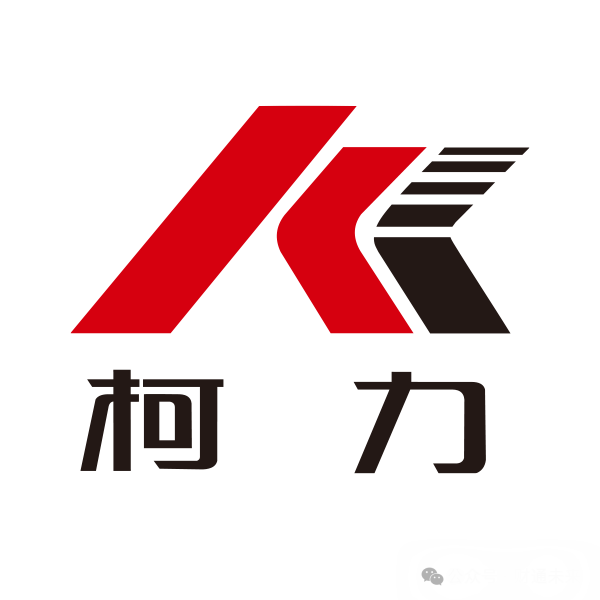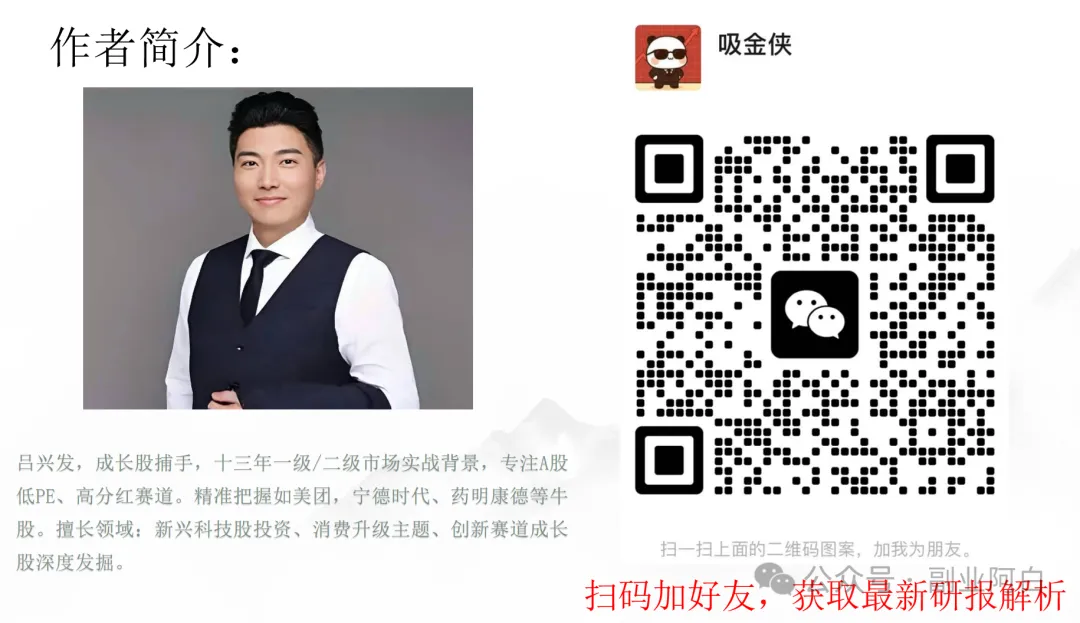1. Corporate Culture: Transformation from “Weight” to “Forest”
Keli Sensor is headquartered in Jiangbei, Ningbo, where one can immediately sense a rigorous atmosphere typical of “engineering students” upon entering the campus. Their cafeteria is named “Zhiwei Xuan,” and the walls are adorned with the slogan “Pragmatic Innovation.” These four characters are not just for show—by 2024, the company’s R&D investment will account for 12% of its revenue, with 56 new patents filed, and they have also led the formulation of the national standard for “Six-Dimensional Force Sensor Calibration.”

There are no aggressive slogans promoting a “wolf culture,” but their annual “Three Eagle Training” sends technical backbones to the Shenzhen R&D center for intensive study. I noticed that their internal publication, “Keli People,” has released 131 issues, each featuring innovative cases from frontline employees, such as an engineer from the Anhui factory who improved the ceramic packaging process, enhancing the sensor’s impact resistance by three times. This atmosphere of “small steps and quick runs” has allowed Keli to maintain its position as the domestic leader in the weighing sensor field for 14 consecutive years.
2. Competitors: Creating a “Blue Ocean” in a “Red Ocean”
The sensor industry has traditionally been dominated by foreign brands, with international giants like Honeywell and TE Connectivity controlling the high-end market. However, Keli’s strategy is clever: first, achieve a 40% market share in the weighing sensor sector, then use a “rural encircling the city” strategy to penetrate the multi-dimensional torque sensor market.
In 2024, their six-dimensional force sensor completed sample testing for Tesla’s Optimus B, achieving a sensitivity of 0.05 N·m, a figure that is already close to the international leader ATI’s level. However, the three international giants still hold 52.48% of the global market share, and Keli must rely on a “combination punch” to break through—such as collaborating with Huawei to develop an industrial perception open-source platform and establishing a European R&D center in Munich to directly enter Bosch and Siemens’ supply chains.
3. Technical Trends: From “Selling Hardware” to “Selling Solutions”
The sensor industry is undergoing an “intelligent revolution,” and Keli’s transformation path is clear. Their independently developed graphene-metal composite film has tripled sensor sensitivity and reduced the temperature drift coefficient to 5 ppm/°C; the MEMS process yield has reached 90%, which is considered top-notch among domestic peers.
More importantly, they are beginning to integrate “hardware and software.” The integrated solution of “sensing + edge computing” launched in 2024 features an FPGA chip for millisecond-level data processing, reducing the uplink data volume by 90%. In the new energy vehicle sector, their battery pressure detection module has already entered the supply chains of CATL and BYD, with shipments expected to exceed 500,000 units in 2024.
4. Social Value: From “Money-Making Machine” to “Industrial Ecosystem”
This company’s social contributions are somewhat “low-key luxury.” At their Chizhou base, they have created over 1,000 jobs and established the “Keli Scholarship” and an employee mutual aid fund, assisting more than 300 employees in need. During the 2020 pandemic, they donated 2 million yuan to support Wuhan, showcasing a style of “quietly doing practical work” that sharply contrasts with some high-profile listed companies.
Even more noteworthy is that Keli is building a “sensor industry forest.” By investing in 30 companies, they are laying out a complete industrial chain from chip design to system integration, and even collaborating with Ningbo Midfangge Semiconductor to develop dedicated ADC chips for sensors, attempting to solve the “bottleneck” problem of domestic alternatives.
5. Market Position: From “Invisible Champion” to “Industry Benchmark”
Weighing sensors are Keli’s core business, with a 40% market share giving them pricing power in this niche. However, what truly impressed me is their performance in emerging markets: humanoid robot joint torque sensors have been sampled to Ubtech, and their battery pressure detection modules have passed BYD’s certification, with over 100,000 devices connected to their industrial IoT platform.
From a financial perspective, in the first three quarters of 2024, revenue reached 2.38 billion yuan (up 38% year-on-year), with a gross margin increasing to 46%, indicating a growing proportion of high-margin products. However, the annual net profit is 261 million yuan (down 16.6% year-on-year), primarily due to reduced returns from trading financial assets; the net profit excluding non-recurring items actually grew by 10.19%, showing that the core business remains robust.
6. Future Strategy: Positioning for the Next Battlefield
Keli’s strategic layout reflects the pragmatism of “engineering students.” In the short term (2025-2027), they plan to launch the second phase of the Chongqing smart factory, increasing total sensor production capacity to 5 million units; in the medium to long term, they are targeting quantum sensing and the industrial IoT ecosystem, collaborating with Huawei Harmony to build an open-source platform, and even establishing a European R&D center in Munich to compete for global technological discourse power.
However, risks cannot be ignored: new technologies such as optical sensing and magnetostrictive measurement may disrupt the existing market, and the top five customers contribute over 50% of revenue, with high-purity graphene reliant on imports. But their countermeasures are also clear—by 2024, R&D expenditure will account for 12%, with 56 new patents, and these investments are transforming into technological barriers.
7. Funding Trends: What Are Institutions “Rushing to Buy”?
In the past six months, northbound funds have increased their holdings in Keli Sensor by over 1.67 million shares, with institutional ratings showing 5 buy and 5 hold recommendations. Dongwu Securities predicts a net profit of 317 million yuan for 2024, while Huatai Securities gives a “buy” rating. These funding trends may be related to the policy dividends of humanoid robots and Industry 4.0, or they may be due to Keli’s leading position in domestic alternatives.
However, there are differing opinions on Keli’s market valuation. The current price-to-earnings ratio is 63.59, higher than the industry average, reflecting investors’ optimistic expectations for its growth. But high valuations also mean high risks, necessitating caution regarding technological iterations and customer concentration fluctuations.

Disclaimer
This article is a personal diary and does not constitute investment advice. All views expressed in this article are solely those of the author and do not have any guiding significance.